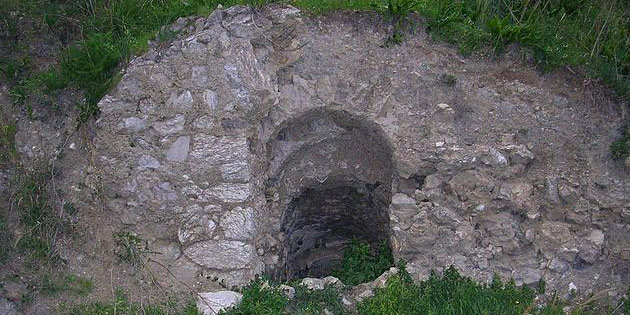Sulfur mines in Cianciana

Alessandro Croce - CC3.0
In the first half of the nineteenth century, the Cianciana group of sulfur mines was one of the largest on the island. Large cavities, known as garbere, were discovered underground, rich in aragonite crystals and bright yellow sulphur. The exploitation of the sulfur deposits revolutionized the economic and social structure of the country and led to great demographic growth.
The life of the men who worked in the mines, however, was very hard and the pay was very poor. Through the works of writers and poets such as Salvatore Mamo and Alessio Di Giovanni, the memory of the hard life in the mines has been passed down: since the mines were far from the town and we moved on foot, the miners left every day long before dawn, some walked barefoot because they couldn't afford a pair of shoes; the pickaxers worked all day in the darkness of the mine and extracted sulfur from the rock, the youngest, the carusi, carried the pieces of sulfur to the surface and their bent shoulders bled from the scratches left by the pieces of rock. The hard life of the mine led to harsh social clashes: in 1953 the mines were occupied and women took part in the occupation to support their husbands and children.
In 1962 the mines were finally closed. In the territory of Cianciana there were several mines: Solfara Grotticelli, Solfara Passarello, Solfara Falconera; Solfara Passo di Sciacca and Solfara Savarino. In these places it is still possible to discover traces of the structures that were used for sulfur extraction.